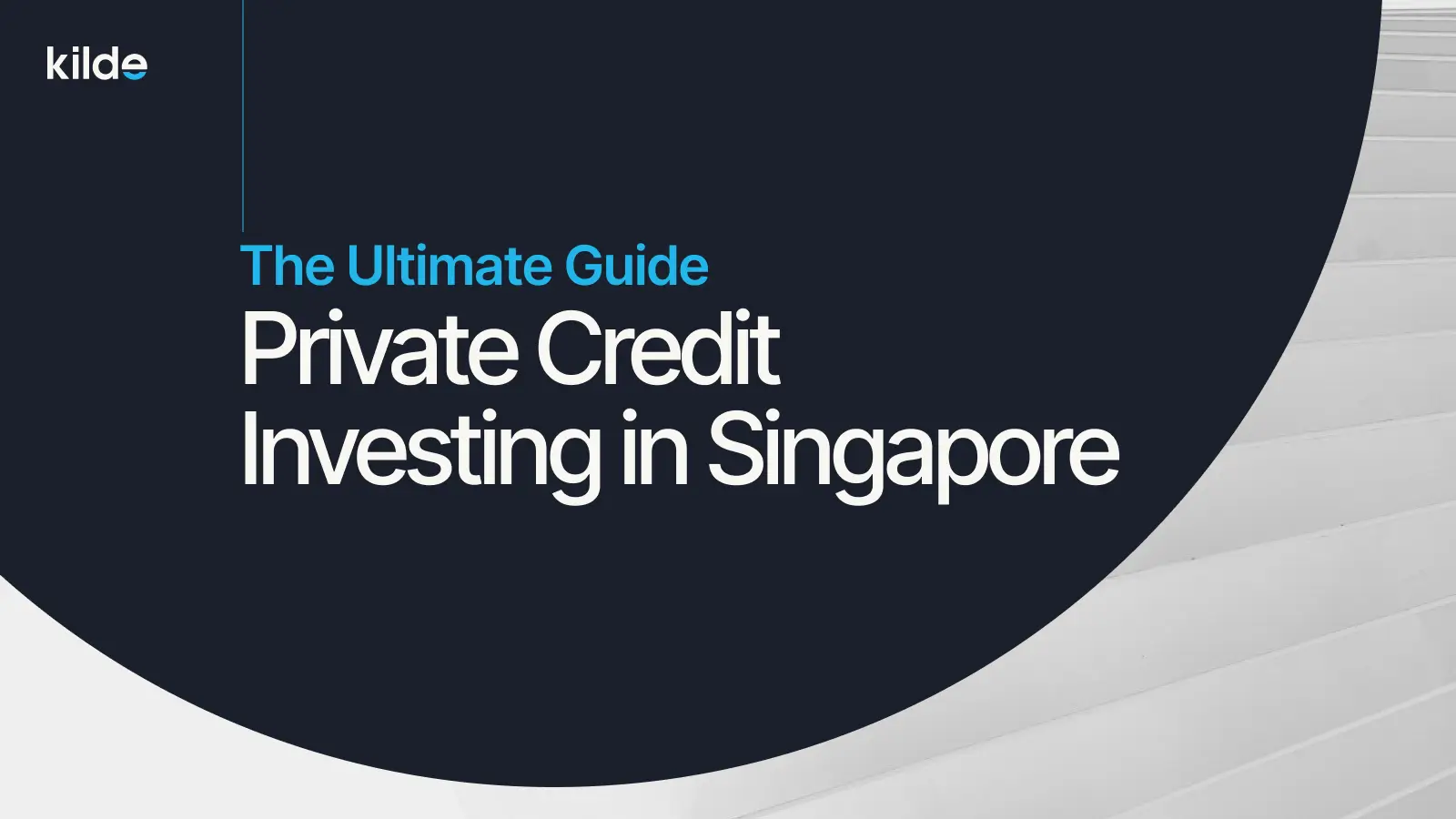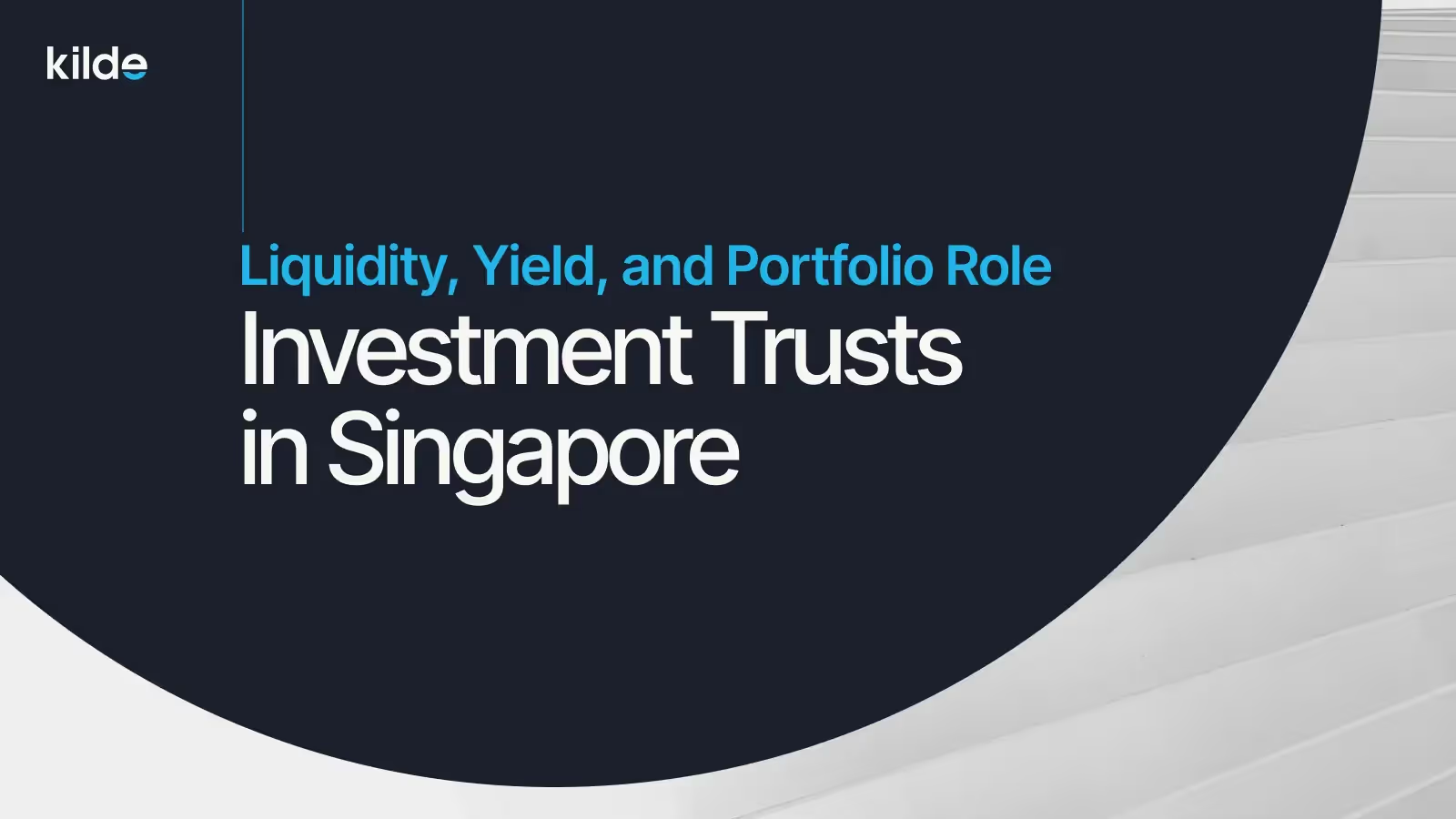
The story begins in a beauty shop
One day when Gabby was shopping at Sephora store in an uptown Singaporean shopping mall, she was approached by Atome’s brand ambassador offering her to purchase the cosmetics in monthly instalments. After a bit of thinking, Gabby agreed to download the app and made the purchase for one-third of the price planning to pay the rest in two monthly instalments.
Gabby joined a rapidly growing club of millennial consumers who jump on the bandwagon of seamless credit without the hassle of opening a credit card or even thinking about taking a loan. Although credit cards, Point of Sale Financing, and less known lending methods like Equal Payment Plan have been around for many years, Buy Now Pay Later (BNPL) has taken the world by storm. Klarna, the BNPL company founded in 2005 in Sweden, is now valued at $45B, 38 times more than was their revenue in 2020. What makes BNPL so special for both consumers and investors?
BNPL business model, a hybrid between payments and lending, solves three major problems in today’s retail
Young customers do not have enough credit history
As BNPL players have evolved from e-commerce payment and digital lending firms, they have the capabilities to process large amounts of data and make data-driven decisions. This is great news for young customers who do not have a credit history. Instead of a traditional credit score, BNPL firms will use alternative data to make a decision on loan eligibility.
About 70% of goods in e-commerce carts are abandoned and never bought
The cart abandonment problem is the single greatest unrealized potential in e-commerce. Having to pay only one-third of the price now and the rest in 2-3 interest-free instalments makes buying decisions easier nudging the consumers to press the buy button.
The credit card’s providers promise of higher purchase values and more sales often end up unfulfilled
The merchant pays card processing companies between 1.3% to 3.4% out of transaction value. The higher the tier of the credit card, the steeper the fees. BNPL companies on average charge the merchant 4.5% and actually deliver on the promise of increased sales.
BNPL is expected to double its share in global payment methods by 2024 reaching 4.2% of all consumer payments. Mobile/digital wallets and BNPL are the only payment methods whose share is expected to grow by 2024.

There are issues with BNPL as well that need to be tackled by the industry before hitting the mainstream
- BNPL loans are formally classified as merchant receivable financing hence the loan does not fall under consumer finance regulation. This has a secondary implication of not reporting the outstanding installments to a credit bureau. As a result, consumers can take multiple loans with installments beyond their ability to repay.
- The high growth of BNPL goes hand in hand with intensive marketing practices. Customers checking out at online merchants sometimes do not realize they are paying with BNPL leaving them with loans they did not intend to take.
- Looking to acquire more customers, BNPL goods categories are moving downwards to cheaper items like groceries potentially impacting vulnerable customers.
Nevertheless, the regulators are coming to impose stricter rules on BNPL. Financial Conduct Authority (FCA), the regulator in the UK, has announced the upcoming regulation of BNPL back in February 2021. Other regulators are likely to follow FCA’s example.
Then next day after
Gabby has paid off her last instalment and reflected on her experience. “The marketing of their service is really aggressive with their constant app notifications and email ads. Although they admittedly have a ton of attractive vouchers, I decided to switch off the excessive notifications as it felt like they were just promoting mindless consumerism. Moving forward, I will only open the app if I have something in mind and to check if the app offers a deal with the brand I want to buy from.”
Source: The customer testimonial was obtained from Seedly, May 2021
Kilde is a regulated investment platform for alternatives. We operate as a two-sided platform connecting institutions / HNWI with securitised private investments. Our main alternative asset classes are private debt, venture debt, and recurring revenue financing. Kilde has partnered with leading non-banking consumer & SME lending firms to give investors safe and controlled access to consumer lending assets. Our unfair advantage is vast accumulated data on consumer & SME assets performance as well as scalable investment and securitisation tech platform. Thanks to Kilde’s license for dealing in securities, we securitize alternative investments into digital securities.






.avif)






